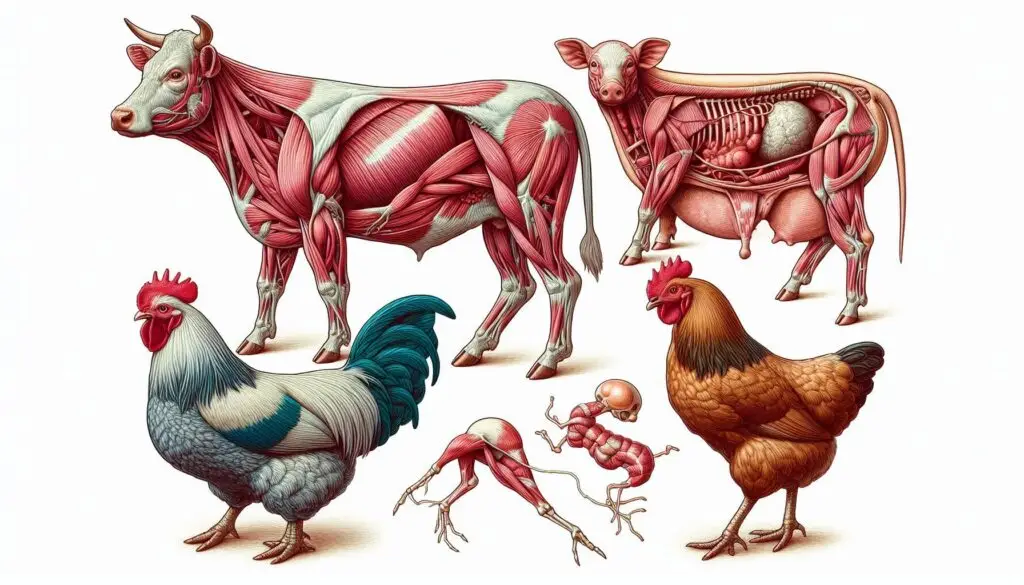Cerebrospinal Fluid (CSF) Analysis in Animals

Why is CSF Analysis Important?
CSF analysis is essential for diagnosing neurological disorders in animals. If your pet shows clinical signs like seizures, incoordination, circling, or neck/back pain without an obvious cause (such as recent trauma), CSF analysis may be necessary. It is particularly useful when metabolic and toxic causes have been ruled out through a complete blood count, serum chemistry profile, and urinalysis. For more information on these tests, you can refer to VCA Hospitals’ guidelines on blood work.
When to Consider CSF Analysis
If your animal displays CNS signs and other tests haven’t identified the cause, CSF analysis is a logical next step. Common metabolic causes for CNS signs include hypoglycemia, uremia, and liver dysfunction. Additionally, if there’s a possibility of lead exposure, analysis for lead toxicity should be performed.
How CSF Collection Works
CSF collection involves extracting a small amount of fluid from either the cerebellomedullary cistern (at the back of the head) or the lumbar cistern (near the pelvis). Refer: Dairy Herd Management
The Collection Process
The process requires general anesthesia. The veterinarian will select the collection site based on your pet’s clinical signs. The area is shaved and disinfected before a spinal needle is used to withdraw about ½ teaspoon of CSF into a sterile tube.
Minimizing Risks
As with any procedure involving anesthesia, it’s crucial to evaluate your pet’s general health beforehand. Screening tests like a complete blood count, serum biochemistry profile, and urinalysis are essential.
Specific Risks to Consider
Other risks include potential trauma to the spinal cord, brain herniation (if there’s increased pressure in the CNS), and the introduction of bacteria. These risks are minimized through careful technique and thorough pre-procedure evaluation.
Understanding CSF Sample Assessment
A CSF sample must be processed quickly, ideally within 30 to 60 minutes of collection, to prevent cell deterioration.
Key Evaluation Steps
The veterinary pathologist will assess the sample for:
- Total nucleated cell count
- Red blood cell count
- Total protein determination
- Cell concentration
Normal CSF has few to no cells and appears clear. Microscopic examination helps count cells manually or with specialized instruments.
Interpreting Results
CSF evaluation may not always provide a specific diagnosis but offers valuable evidence when combined with the animal’s breed, age, and clinical signs.
Reaching a Diagnosis
Occasionally, a specific diagnosis is possible. For example, detecting bacteria or fungi alongside inflammatory cells can indicate a bacterial or fungal infection like meningitis or encephalitis. Neoplastic cells may also be found, suggesting a tumor in the brain or spinal cord.
Further CSF Evaluation Techniques
Additional tests can provide deeper insights into the CSF sample.
Protein Electrophoresis
If the CSF protein content is significantly elevated, protein electrophoresis can identify the type of protein involved, helping determine the cause.
Bacterial Culture
If bacteria are present or many poorly preserved inflammatory cells are observed, a bacterial culture may be recommended.
Antibody Testing
In some cases, the sample may be tested for specific antibodies against infectious agents like Toxoplasma or Ehrlichia.
Clinical Relevance of CSF Analysis
CSF analysis is a valuable tool, but its interpretation should be combined with other diagnostic tests and clinical observations. While CSF evaluation alone is not always diagnostic, it aids in differential diagnosis. A study on Beagles provides normal CSF composition data that can be useful in diagnosing neurological disorders in dogs. For more information on interpreting CSF results, consult resources like this article on Veterinary Medicine.
Sample Collection Site Significance
The collection site can also influence the results. CSF from the lumbar subarachnoid space may reflect greater changes and diagnostic significance in cases of focal thoracolumbar spinal cord disease.
Conclusion
CSF analysis is an important diagnostic tool for identifying neurological disorders in animals. By understanding the collection process, potential risks, and evaluation techniques, you can better appreciate the value of this procedure in veterinary medicine.
More From Animal Diseases:
Colic in Horses






Responses